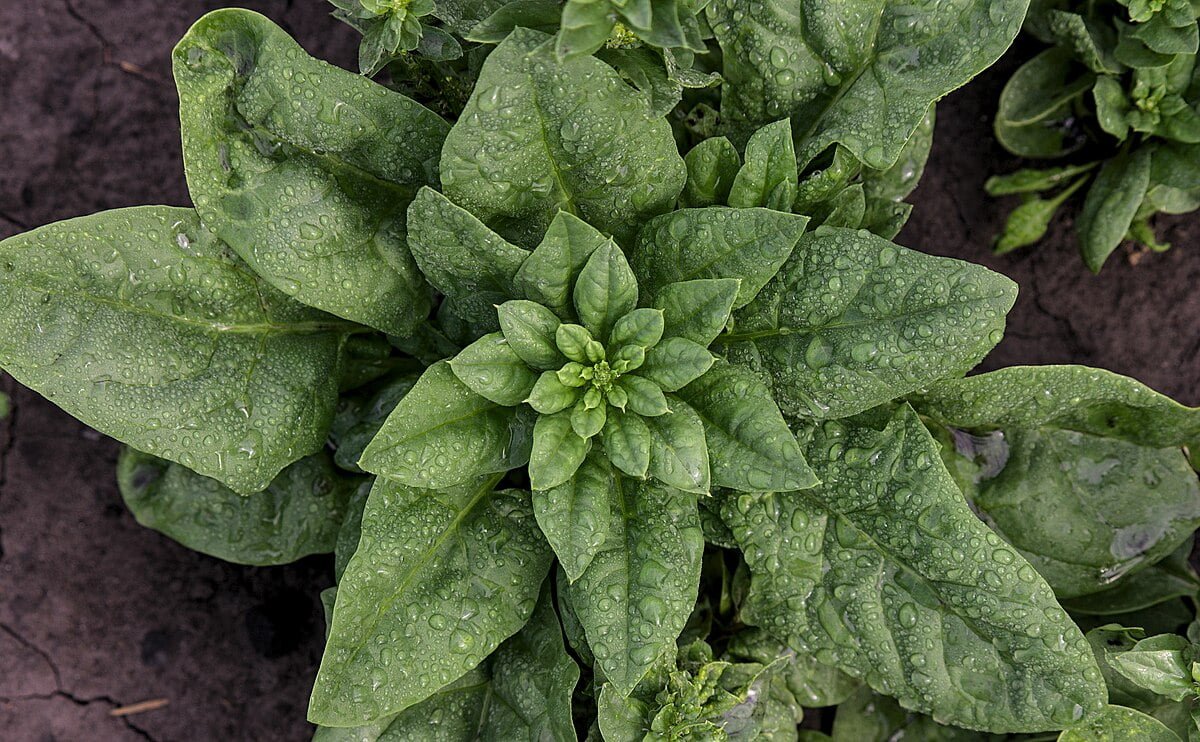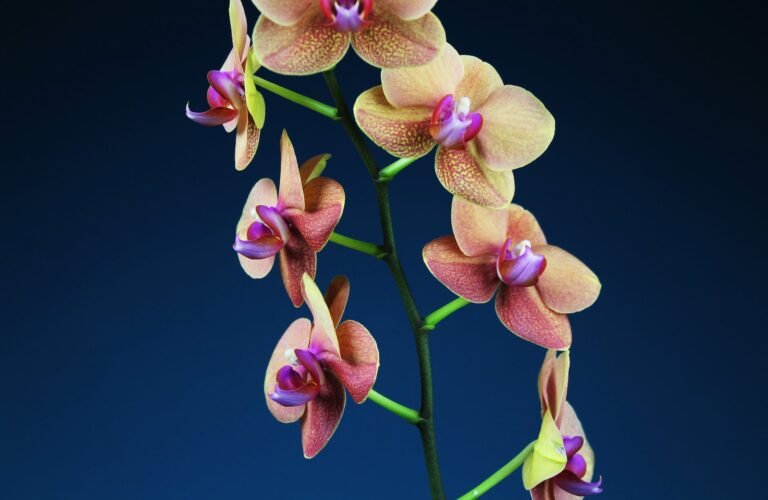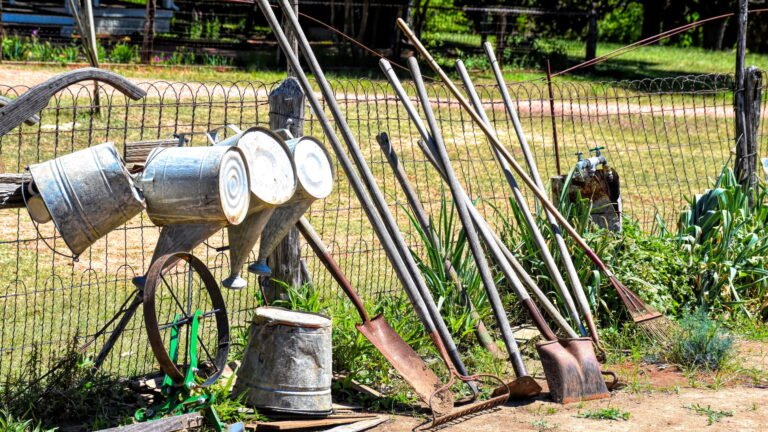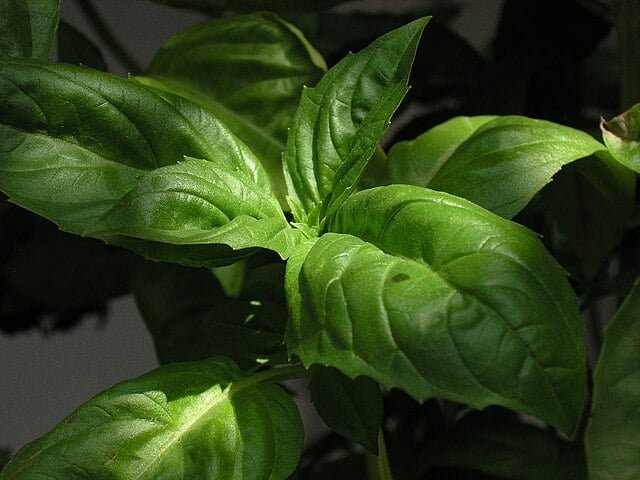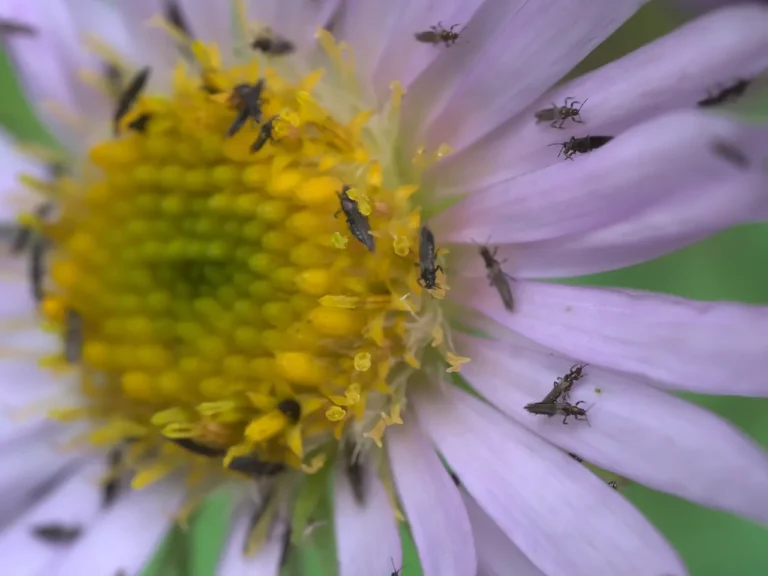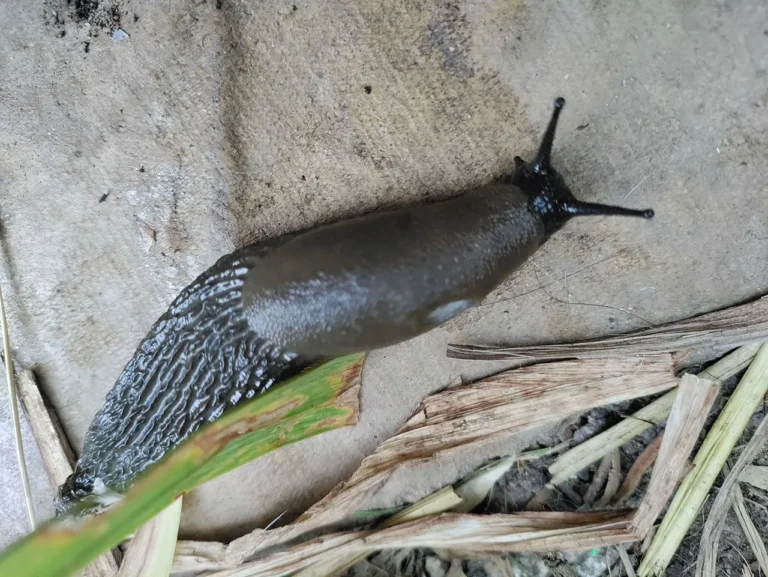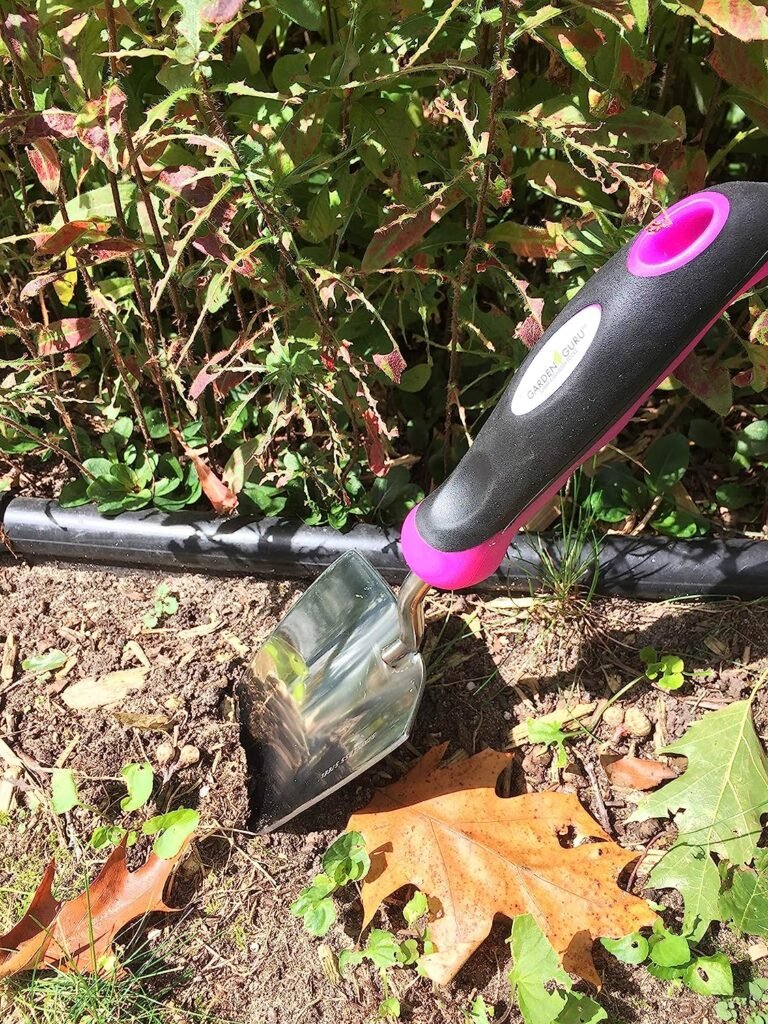Sowing to Supper: A Gardener’s Guide to Growing Spinach
Spinach, with its vibrant green leaves and distinct taste, is not just a culinary delight but also a powerhouse of nutrients. Whether you’re a seasoned gardener or a newbie with a green thumb, growing spinach is a gratifying endeavour. Here’s your guide to planting, nurturing, and harvesting this leafy green.
The Basics of Spinach
Spinach (Spinacia oleracea) is a cool-weather crop, flourishing in the chilly days of spring and fall. Its fast-growing nature means you can enjoy fresh, homegrown spinach in just 5-7 weeks from planting!
Choosing the Right Spinach Variety
There are three primary types of spinach:
- Savoy: Has crinkly, dark green leaves. Popular varieties include ‘Bloomsdale’ and ‘Regiment.’
- Semi-savoy: A mix between flat and savoy types with slightly crinkled leaves. ‘Teton’ and ‘Tyee’ are well-known semi-savoy varieties.
- Flat-leaf: Smooth leaves that are easier to clean than the crinkly types. ‘Olympia’ is a popular flat-leaf variety.
Planting Spinach
- When to Plant: Start sowing spinach 4-6 weeks before the last spring frost. For a fall crop, plant it 6-8 weeks before the first frost in autumn.
- Soil Needs: Spinach thrives in well-draining soil, rich in organic matter. Ensure a soil pH of 6.0 to 7.5.
- Spacing: Sow seeds ½ inch deep and 2-3 inches apart. Rows should be spaced about 12-18 inches apart.
- Germination: With ideal soil temperatures between 45°F to 75°F, spinach seeds will germinate in 5-14 days.
Caring for Spinach
- Watering: Maintain consistent moisture. Spinach has shallow roots, so it’s essential to water regularly, ensuring the soil stays moist but not soggy.
- Mulching: Mulch helps retain soil moisture and suppress weeds.
- Fertilizing: Before planting, enrich the soil with compost or a balanced fertilizer. A mid-season feeding can boost leaf production.
Harvesting Spinach
You can start harvesting when leaves reach your desired size. For baby spinach, this might be as soon as 4-5 weeks. Harvesting the outer leaves first allows the inner leaves to continue growing. Be quick to harvest before the plant starts bolting (sending up a flower stalk), as this can make the leaves bitter.
Spinach Pests and Problems
Watch out for leaf miners and aphids. Neem oil or insecticidal soaps can help manage these pests. Spinach can also be prone to downy mildew; to reduce the risk, ensure proper spacing for adequate airflow.
Growing spinach is both a joy and a journey, resulting in fresh, nutritious leaves right from your garden. So, get sowing and enjoy the ‘fruit’ of your labour!

